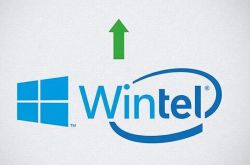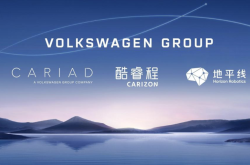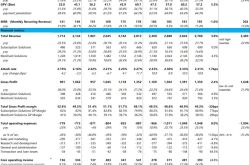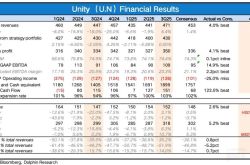Behind the Soaring Profits, Great Wall Motor Must Still Overcome New Challenges
![]() 07/21 2024
07/21 2024
![]() 517
517
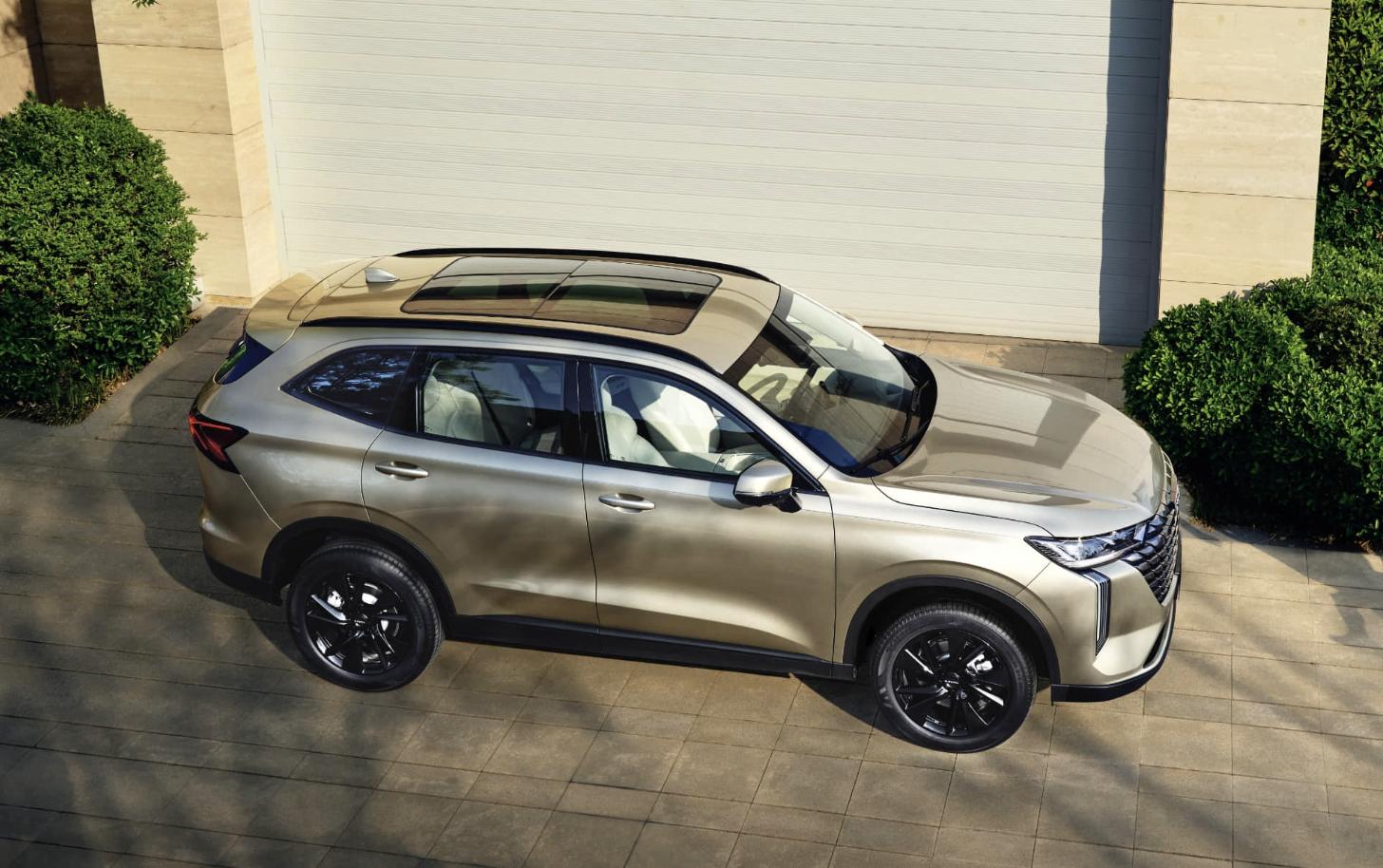
Written by Xiong Yuge
Edited by Ziye
Stabilizing profits, reforming channels, and betting on intelligentization, Great Wall Motor has many tasks in 2024.
Recently, Great Wall Motor released its performance forecast for the first half of 2024. The financial report shows that in the first half of the year, Great Wall Motor is expected to achieve a net profit attributable to shareholders of RMB 6.5 billion to RMB 7.3 billion, an increase of 377.49% to 436.26% year-on-year. On the other hand, in the first half of the year, Great Wall Motor sold a total of 559,669 vehicles, an increase of 7.79% year-on-year.
Compared to the far-exceeding-market-expectations profit, the sales growth of Great Wall Motor is not prominent.
“Great Wall Motor adheres to bottom-line thinking and long-termism, pursuing market share with quality.” In May, Wei Jianjun, Chairman of Great Wall Motor, said at the shareholders' meeting that he judged that the intensity of competition in the automotive industry would not decrease in the next three years.
Apart from the steady attitude towards price wars, Great Wall Motor is also breaking through in its new energy transformation. With frequent intelligent driving moves and vigorous self-operated channel reforms, Great Wall must make up for lost time, innovate, and find solutions in 2024.
1. How did Great Wall perform in the "midterm exam" of 2024?
According to the performance forecast for the first half of 2024, Great Wall Motor expects to achieve a net profit attributable to shareholders of RMB 6.5 billion to RMB 7.3 billion, an increase of 377.49% to 436.26% year-on-year, and a core net profit of RMB 5 billion to RMB 6 billion, an increase of 567.13% to 700.56% year-on-year.
Since the beginning of 2024, the automotive market has been caught in fierce price, product, and technology competitions. In terms of profitability, Great Wall Motor's first-half performance pre-increase exceeded market expectations by a significant margin.
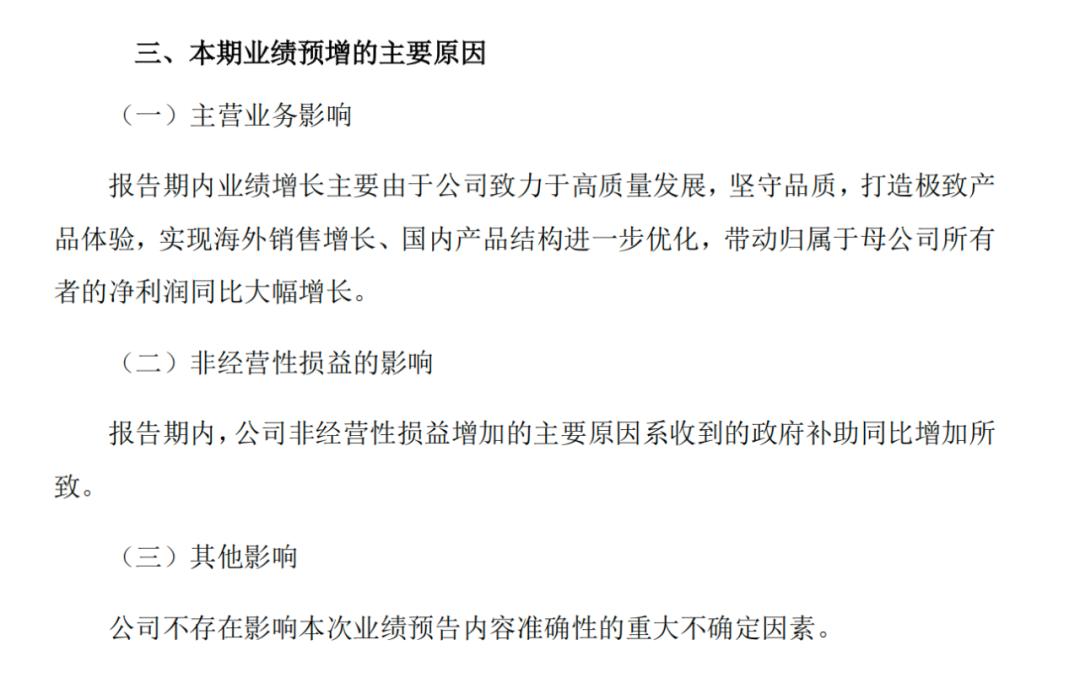
Reasons for Great Wall Motor's first-half performance pre-increase, image source: Great Wall Motor performance forecast
Regarding the growth in performance, Great Wall Motor mainly attributed it to two factors in its financial report: first, the impact of its main business, mainly including the growth in overseas sales and further optimization of domestic product structure; second, the impact of non-operating gains and losses, mainly due to the year-on-year increase in government subsidies.
From a market perspective, the significant increase in net profit of Great Wall Motor may stem from its cautious sales strategy. Facing price wars, Great Wall Motor chose to forgo some sales volume and market share, thereby maintaining a better financial structure.

Great Wall Motor sales performance, image source: Great Wall Motor WeChat official account
In the first half of 2024, Great Wall Motor sold a total of 559,669 vehicles, an increase of 7.79% year-on-year. Compared to the sales growth of major automakers in the first half of the year, this single-digit increase is not prominent.
Another sales figure worth noting: In the first half of 2024, Great Wall Motor sold a total of 140,533 mid-to-high-end models priced above RMB 200,000, an increase of 64.28% year-on-year, far exceeding the overall increase.
It is worth mentioning that Great Wall's overseas growth in the first half of the year also helped alleviate sales pressure. By the end of June, Great Wall's overseas sales totaled 201,500 vehicles, an increase of 62.59% year-on-year, with June exceeding 38,000 vehicles, setting a new record high.
However, despite the "good news," Great Wall Motor's new energy layout is still in the breakthrough stage.
Having maintained investments in various oil and electric technologies, Great Wall Motor's products have struggled to break through in the new energy competition. After increasing investments in new energy models in 2023, the new energy penetration rate rapidly increased from around 10% to 21.3%, but this was still far from the annual target of 40%.
Returning to the first half of 2024, data from Great Wall Securities shows that the new energy retail penetration rate reached 48% in June 2024, and new energy vehicle sales totaled 4.11 million in the first half of the year, with a penetration rate of 41.8%. Meanwhile, Great Wall Motor sold a total of 132,374 new energy models in the first half of the year, an increase of 41.99% year-on-year, with a new energy penetration rate of 23.65%, a relatively small increase from 2023 and still far below the market average.
In the automotive market where sales reign supreme, even "steady" Great Wall cannot escape the ongoing sales challenges, and facing the future, the key may lie in the process of new energy transformation for its products.
2. To take sales to the next level, Great Wall must overcome the self-operated channel hurdle
Where is the path for Great Wall Motor's sales growth?
In the first half of 2024, specifically in terms of brand sales: Haval sold a total of 299,738 vehicles, an increase of 2.42% year-on-year; WEY sold a total of 19,867 vehicles, an increase of 9.46% year-on-year; Pickups sold a total of 91,916 vehicles, a decrease of 10.41% year-on-year; Ora sold a total of 31,749 vehicles, a decrease of 32.87% year-on-year; and Tank sold a total of 116,038 vehicles, an increase of 98.94% year-on-year.

Recent sales of Great Wall Motor's brands, image source: Great Wall Motor June production and sales bulletin
It can be seen that most of Great Wall Motor's brand sales in the first half of the year increased by a small margin, with Haval, the main sales force, increasing by 2.42%, while Tank, which focuses on niche markets, maintained high growth.
Haval, Pickups, and Tank, the three brands founded on fuel vehicles, are still Great Wall's main sales sources, facing continuous impact from new energy competitors against the backdrop of new energy models consistently ranking among the top in the SUV segment.
Among them, Haval initiated its new energy transformation strategy, launching new energy models such as the Hawkeye MAX, second-generation Haval Big Dog PHEV, and 2024 Menglong. Pickups, which have not yet transitioned to new energy, maintain their 26-year sales lead in the segment, with a domestic market share of 50%. Meanwhile, Tank, which focuses on the off-road segment, has been relatively successful in launching new energy Hi4-T models, selling a total of 49,726 such models in the first half of the year, accounting for 43% of total sales, and achieving a 66.8% market share in off-road new energy models.
WEY and Ora, which use new energy as their selling point, target the high-end market and female market, respectively. WEY faces fierce market competition, while Ora is still waiting for a new hit to attract female users.
From a product layout perspective, Great Wall still exhibits a strong performance in fuel vehicles but weaker in new energy vehicles.
In terms of timing, many of Great Wall's new energy products were launched in 2023, when the company made significant efforts to transition, and they are still catching up and upgrading in the new energy field.
In May, WEY's entire Coffee series of models underwent the largest version OTA iteration of Coffee OS, betting on the field of intelligent driving, while Ora promoted upgrades across four dimensions: brand, technology, product, and service. In June, the "national spiritual car" Haval H6, which has sold a cumulative total of about 4 million vehicles, launched a new generation of models equipped with the Coffee OS 2 intelligent cockpit system, announcing plans to introduce Hi4 plug-in hybrid models in the future.
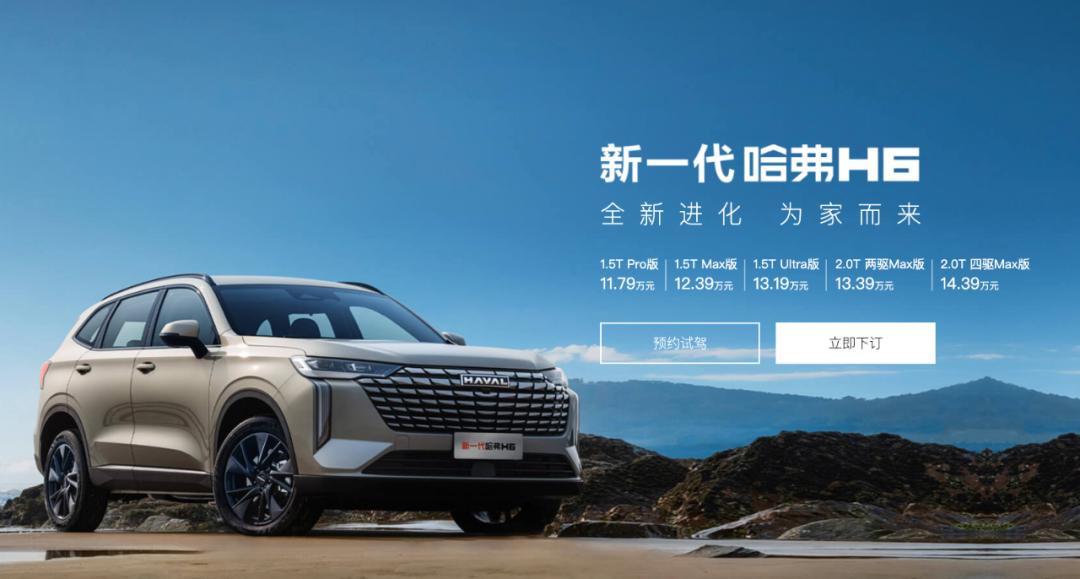
The new generation of Haval H6, image source: Great Wall Motor official website
On the other hand, besides the ongoing market pursuit, Great Wall's biggest move in recent new energy transformation may lie in marketing and channel reforms.
“The marketing work of Haval H6 completely lacks user thinking, and has no idea what users are concerned about.” In May, Li Ruifeng, Chief Growth Officer of Great Wall Motor, revealed Wei Jianjun's criticism of Haval H6 on social media. Facing criticism, Li Ruifeng also admitted that Haval H6's previous success was the result of category innovation, “Now the market no longer allows for ‘easy wins.’ We must implement ‘comprehensive To C’ in practice.” In the first half of 2024, the role of Xiaomi CEO Lei Jun in the explosive popularity of the SU7 made automakers realize that Great Wall's marketing strategy is increasingly moving towards the C-end, with Wei Jianjun himself starting to personally go live and attempt to build a personal IP.

Wei Jianjun visits Great Wall Motor's intelligent team, image source: Wei Jianjun video account
In terms of channels, the effort to come to the forefront is concentrated in Great Wall's renewed bet on the retail store model.
On May 1, the first batch of 33 retail centers under "Great Wall Select" opened simultaneously nationwide, covering 17 first-tier and new first-tier cities, with plans to exceed 100 by the end of the second quarter and reach around 200 by the end of the year.
On the opening day, Wei Jianjun personally drove six hours from Baoding to the first retail store in Zhengzhou, posting several videos to build momentum. In charge of the retail store operations is Feng Fuzhi, former retail director of NIO, who joined Great Wall Motor at the end of 2023 and now serves as Vice President and head of the retail business.
Currently, the brands represented in Great Wall Select are mainly Tank and WEY, with models such as Tank 300, 400, 500, and WEY Lanshan, Gaoshan already “driving into” the stores.
In selecting brands for its retail stores, Great Wall may consider various factors. First, Tank and WEY are the two brands with the fastest sales growth in the first half of 2024, making them more attractive on the market end; second, Tank and WEY's product positioning leans towards the high-end, making them suitable for display in retail stores; finally, Tank and WEY play important roles in Great Wall's new energy transformation and are not deeply tied to traditional dealer models.
This is not the first time Great Wall has attempted retail stores. In 2019 and 2021, Great Wall attempted retail operations, but the results were not significant. From a sales model perspective, retail stores differ from the traditional model facing dealers, requiring automakers to truly step into the spotlight, invest millions of yuan in layout costs, and maintain a balance with surrounding dealer stores—a difficult task for Great Wall Motor, which has relied on dealers for 34 years.
However, for Haval and WEY, which struggle to break through in the new energy competition, Great Wall's retail stores are imminent. In recent years, most new-energy vehicle startups have started with retail stores and only later expanded to dealers, making the importance of the retail store model for new energy undeniable. Retail stores located in shopping malls can increase brand awareness, facilitate the creation of high-end brands, and are an indispensable "breakout" soil for new energy hit models.
3. To win the second half, it still depends on "intelligent driving"
Returning to the new energy competition, perhaps the most noteworthy aspect of Great Wall is its progress in intelligentization.
At Huawei's Developer Conference in June, Great Wall Motor signed the "HUAWEI HiCar Integrated Development Cooperation Agreement" with Huawei, becoming one of the first automakers to obtain the HUAWEI HiCar product source code and development tools. At the conference, Great Wall showcased its new-generation Coffee OS 3 intelligent cockpit and the Coffee Link hand-car interconnection ecosystem featuring a diverse app store, a result of deep cooperation with partners such as Huawei, which will be equipped in the upcoming WEY Lanshan intelligent driving edition.
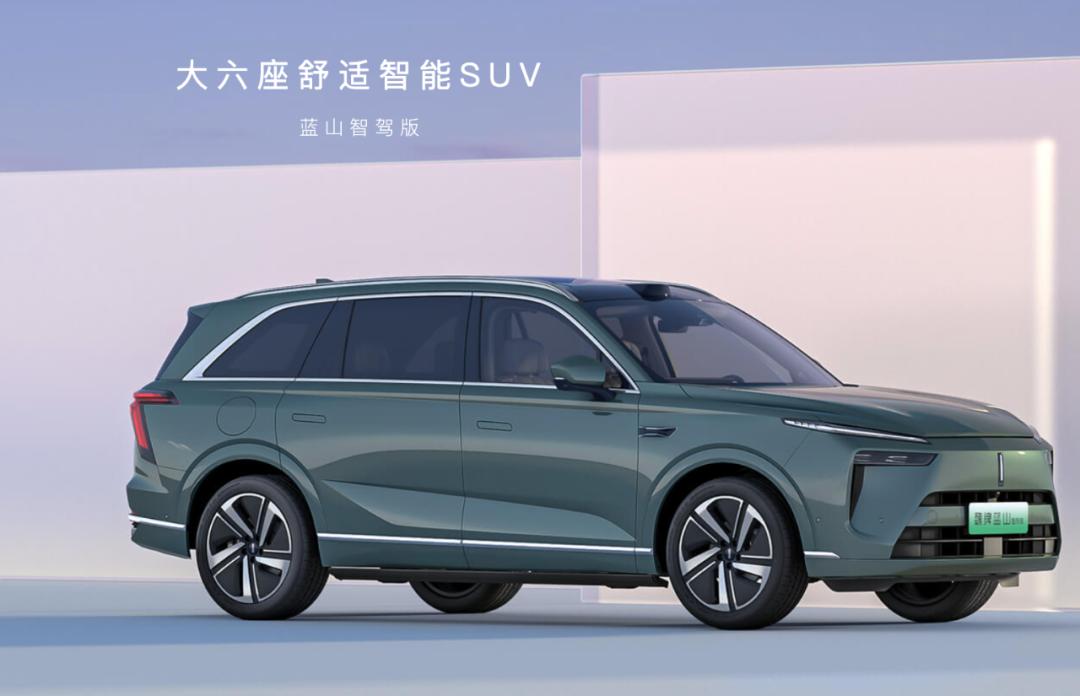
WEY Lanshan intelligent driving edition, image source: Great Wall Motor official website
In the second half of the new energy era, intelligentization is undoubtedly worthy of attention. In 2024, besides Xiaopeng Motor, which has always bet on intelligentization, intelligentization has also become one of the most important labels for other new energy automakers. Whether it's the ongoing city NOA mapping competition since the beginning of the year or the rapid deployment of end-to-end new technologies, players fear falling behind.
Recently, Great Wall Motor responded to the departure of Yang Jifeng, head of its AI technology platform AI Lab, which oversees its full-link AI technology system, also drawing attention to Great Wall's intelligentization efforts. As one of the leaders in intelligentization within Great Wall Motor, he helped establish the Coffee Intelligence brand.
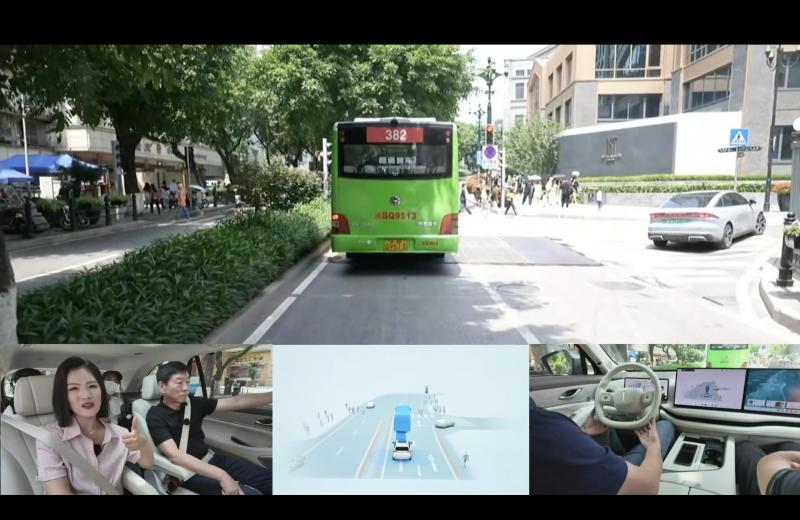
Wei Jianjun live-streams himself driving the WEY Lanshan intelligent driving edition in Chongqing, image source: Great Wall Motor official website
In terms of intelligentization, Great Wall's layout can be described as comprehensive. In intelligent brands, Great Wall has launched intelligent products such as the Coffee Intelligent Cockpit System, Coffee Intelligent Driving System, Coffee Intelligent Cloud, and Coffee Electronic Architecture.
In terms of intelligent driving implementation, Great Wall recently announced the active promotion of city NOA launches, with the first batch including Baoding, Shenzhen, Chengdu, and Chongqing, with plans to cover all cities by the end of the year.
In terms of intelligent driving layout, Great Wall has incubated the intelligent driving supplier Horizon Robotics, made strategic investments in Horizon, and introduced Yuanrong Qixing as an intelligent driving supplier, laying the groundwork for end-to-end technologies in advance.
The extensive layout in new energy and intelligentization is reflected in R&D investments. In 2023, Great Wall Motor had a net profit of RMB 7.02 billion but invested over RMB 11 billion in R&D, with R&D expenditures exceeding RMB 32.2 billion from 2021 to 2023, demonstrating its commitment to intelligentization.
In the first half of 2024, Great Wall's "old rivals" BYD, Chery, and Geely sold a cumulative total of 1.607 million, 1.1 million, and 955,000 vehicles, respectively, while sales of new-energy vehicle startups such as NIO also increased significantly.Last June, Mu Feng, the president of Great Wall Motors, stated that by 2024, Great Wall aims to leverage its full efforts in the new energy market to achieve a sales volume of 1.9 million units and a net profit of 7.2 billion yuan. As of now, it appears that Great Wall's net profit is nearing the target, but the annual sales goal remains unmet.
Under this pressure, how to leverage its technological layout advantages, create blockbuster new energy products, and improve the direct sales channel reform will be ongoing challenges for Great Wall.



